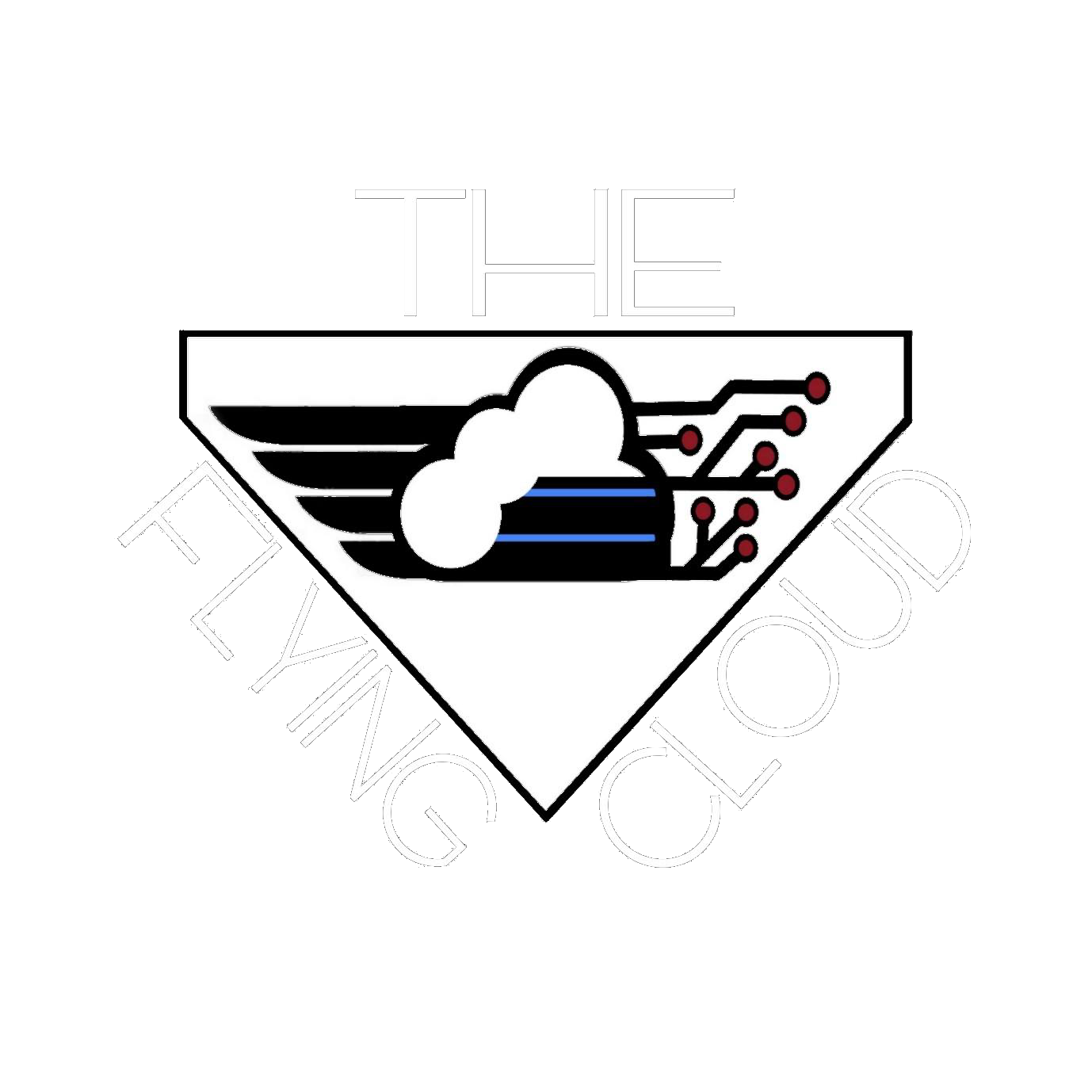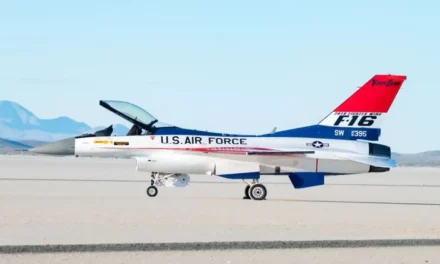The AIM-54 Phoenix
Designed in 1968 to take the place of the controversial F-111B, then under development for the Navy’s carrier fighter inventory, the F-14 Tomcat was designed with emphasis on close-in fighting “claws” along with standoff missile fighting.
Overall, the F-14 was without equal among Cold War’s Free World fighters. Six long-range AIM-54A Phoenix missiles could be guided against six separate threat aircraft at long range by the Tomcat’s AWG-9 weapons control system.
The AIM-54 was a large missile weighing in at 1,000lb and capable of achieving Mach 5. It could reach an altitude of 100,000ft where, in a loft mode, it travel for unprecedented ranges before tipping over and using its own terminally active radar to complete an intercept upwards of a hundred miles away.

The six-on-six missile shot test
The ability to launch six Phoenix against six different targets was unprecedented and became a force multiplier as F-14 Tomcat pilot John ‘Smoke’ Wilson explains in the book Half Century, Baby! by David ‘Hey Joe’ Parsons and Mads Bangsø.
‘As the F-14 gang at Pt Mugu were aware (sometimes painfully) Program Office (PMA) 241’s deputy for weapons trials was Clyde Tuomela. I came back from a flight and had a message that he wanted to see me. Clyde said to me ‘Swoose’ (as in Snead, the PMA at the time) was getting a lot of pressure from Congress to demonstrate the six-on-six shot: “He wants YOU to do it ASAP but don’t screw it up.”
‘As the senior pilot of the Joint Evaluation Team (JET) and the Flight Test Officer of the Naval Missile Center, I probably could have opted for the test, but Swoose designating me was a convenient cop out. Jack Hawver and I had many discussions within the JET team, and with the Hughes people both at Mugu and at Conoga Park, as to what the test was going to look like. We (and the Hughes crews) had fired several multi-target shots before (up to 4v4), and their parameters were taken into consideration. Once we decided, Jack and I flew’ simulations on every AWG-9 simulator that was available in the country. We then briefed the PMA on what we proposed. Part of the work up also included discussions with the test conductors and the targets people to see if it was possible to do a six-target presentation.

Six AIM-54 Phoenix missiles against six different targets at the same time
‘The formation consisted of one BQM-34E at Mach 1.2, three BQM-34Cs at Mach 0.9, and two QT-33s at Mach 0.7. They were to be in a line abreast at the 30-mile ‘open fire’ with the AWG-9 prioritising the targets, making the supersonic target automatically the #1 priority since it was the greatest threat. During our simulation we discovered that if we shot it first, we would not have had six missiles tracking at the same time. So, after the initial detection at 58 miles, Jack reset the priority so six missiles would all be heading down range towards their targets at the same time.
‘Per a preflight agreement, I fired the first and last missile from the front cockpit and Jack fired the other four using the RIO launch button, getting them all off in 38 seconds. At that range, the Phoenix missiles began their climbs towards 100,000ft as I looked up; the six contrails looked like SA-2 smoke trails over downtown Hanoi during an Alpha Strike! The missiles all carried telemetry packages in lieu of warheads to provide accurate measurements of performance.
‘The first missile was a direct hit on a BQM-34C. The missile fired at the BQM-34E took the miss distance-scoring pod off the wing of the drone. Both QT-33s were hit in the empennage area. When they slowed down for recovery, they lost control and spun in short of San Clemente Island. Of the other two BQM-34Cs, one had a missile within lethal range and the other experienced an internal malfunction before the Phoenix could get to it, but not before demonstrating that the AWG-9 could guide six missiles concurrently.

The video of the actual firings
‘In retrospect, the fact that the operation was accomplished at all, let alone within two months’ time with only one dry run, was a tribute to all who participated in the ‘six-on-six’, which only happened that one time. It was certainly my privilege to have been the shooter.
‘The videos of the actual firings were taken/recorded/telemetered to the ground by an experimental system on an F-4 piloted by Roger Box, soon to be my relief as the Flight Test Officer, and subsequently, my relief as CAG-14.’
The following video is the original six-on-six missile shot clip.
Half Century, Baby! is published by Mortons Books and is available to order here and here.
Photo credit: U.S. Navy




